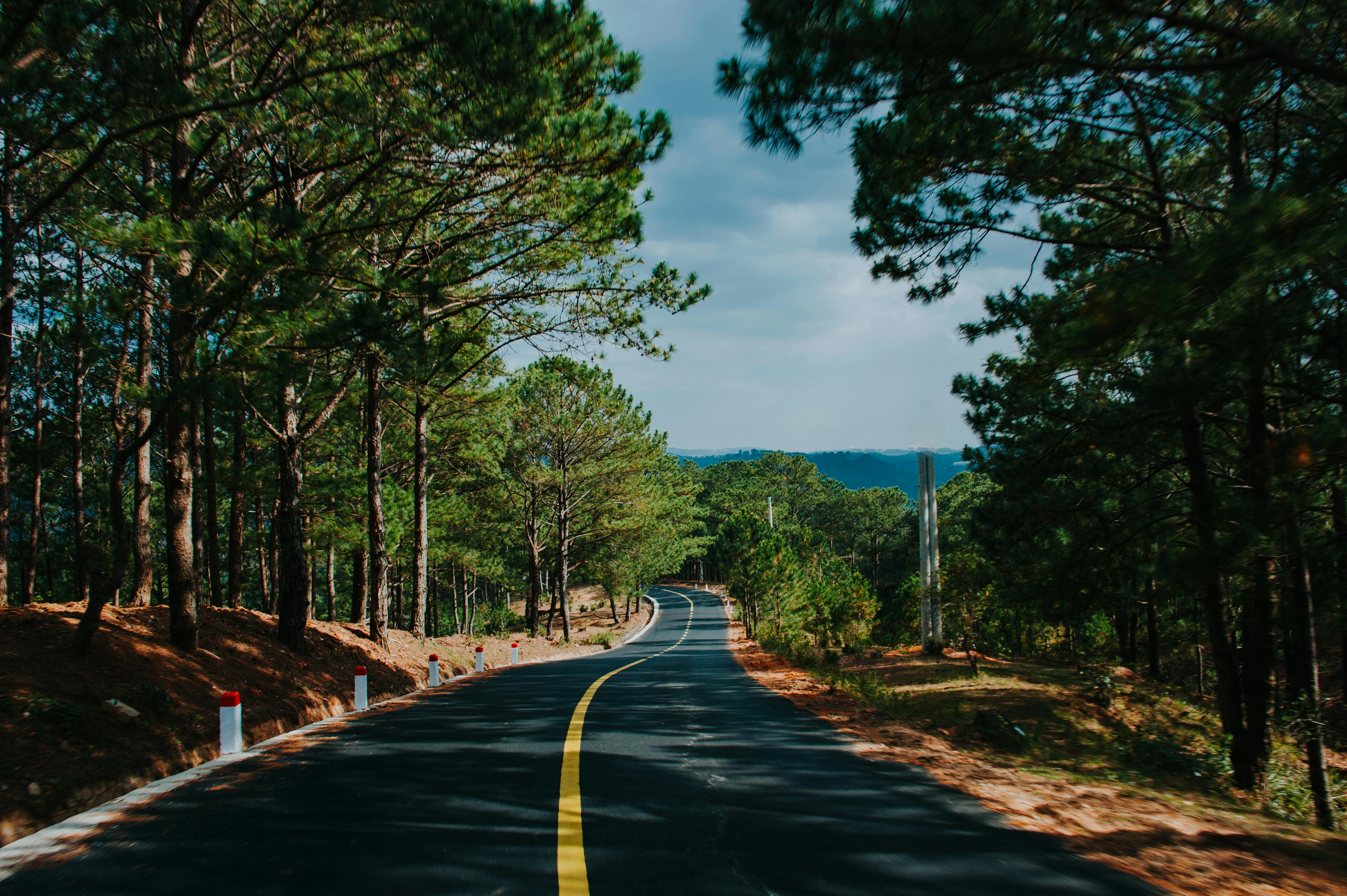
Papaya Tree History
Website design By BotEap.comPapaya trees were discovered in 1541 by the Spanish explorer Hernando Desoto, on an excursion to the Mississippi Valley, and he sent samples of this plant to Europe.
Website design By BotEap.comWilliam Bartram in 1776 stated in his botanical book, Travels, that he found papaya trees growing on the Alatamaha River in Georgia and in eastern Florida, which he described as ‘Annona incarna’, the name was later updated by modern taxonomists. . “The fruit the size of a small cucumber…containing a yellow pulp the consistency of a hard custard, and a very delicious and healthy food.”
Website design By BotEap.comThis fruit has a pleasant flavor and is considered the largest native fruit in North America. Papaya trees are said to be endangered or threatened in the states of New York and New Jersey, in the forests where it grows naturally.
Website design By BotEap.comThe papaya tree grows throughout most of the eastern United States as a native tree. Mature papaya trees produce 2″ wide by 10″ long fruits that look and taste much like a banana. The fruit is liked by most people and can be purchased at many outdoor markets in West Virginia, Kentucky, Tennessee, etc. Papaya pulp has the consistency of a creamy custard and can be eaten raw, baked, or as a pie filling. The trees grow to around 15 feet tall and have been known to produce up to 60 pounds of papayas per tree. Some individual papayas weigh up to a pound each. Areas 5-10
Website design By BotEap.comMuch interest has recently been directed toward research and development of improved papaya varieties at the universities of Tennessee, Kentucky, and Ohio. The large fruit is not well known in much of the United States, but its exotic flavor and shape make it a candidate for the potential expansion of specialty fruit markets in the future. Give it a try once fresh and you will feel compelled to have some of these papaya trees growing in your personal orchard.
Website design By BotEap.comOne of the world’s great horticultural mysteries is why most papaya trees, which were abundant in the early forests of the US, all but disappeared from their natural habitat today? That answer may lie within the results of research (Peterson 1991), which showed that papaya is sensitive to ultraviolet light, therefore papaya seedlings may not regrow after forests have been cleared. harvested, and very few virgin forests remain in the United States. Pawfoots can be found growing there abundantly, but once the woods are cleared, Pawfoots will usually not reset.
Website design By BotEap.comThese experiments must be clearly remembered when ordering your paw trees. They should be planted in partial shade from other trees, however you can plant your papaya trees outdoors, if the trees are grown under shade cloth for a couple of seasons. The tree will lose its sensitivity to full sunlight once the shade cloth is established and can be discarded.
Website design By BotEap.comSome gardeners want to plant their papaya trees in pots for a couple of years under shady conditions, but this is not necessary if the above guidelines are followed. Since papaya trees have tap roots, growth will be slow for the first year, but after that, very fast growth will ensue.
Website design By BotEap.comPapaya leaves are large and such large leaf surface area usually indicates a need for large amounts of soil moisture and therefore papayas are generally found in greatest numbers near river floodplains. Leaves or other composted organic materials are very beneficial for paws.
Website design By BotEap.comThe skin on the paw feet is thin and edible and can range in color from light green to golden yellow. Most of the people prefer to eat the papaya after it becomes soft to the touch. The custard-like pulp tastes like a banana and ranges in color from white to deep orange. The seeds are few and large, so papayas are easy to eat raw.
Website design By BotEap.comMost potato chips are sold in roadside markets, because the shelf life is short. Commercially, papaya is important in juices, cakes, pastries, custards, ice creams, and other processed products.
Website design By BotEap.comThe papaya tree was voted by Better Homes and Gardens, in the year 2000, as the landscape tree of the year. Papaya and the papaya tree are loaded with extracts beneficial to health. The bark contains fluids that demonstrate antitumor properties and have been used over the years to combat scarlet fever and red skin rashes. These papaya tree extracts are very useful as an organic insecticide (pesticide).
Website design By BotEap.comPapaya fruits are rich in minerals such as magnesium, copper, zinc, iron, manganese, potassium, and phosphorous. The fruit also contains abundant concentrations of vitamin C, protein and its amino acid derivatives.
Website design By BotEap.comThere are several grafted cultivars of paw paw, but their range of adaptation is very narrow, and many cultivars that produce abundant, large-fruited crops in Kentucky, Indiana, or West Virginia do not perform satisfactorily in Georgia, Florida, Carolina, or Alabama. Consider purchasing improved papaya trees, which appear to be more universally adaptable. Try a few of these trees in your orchard for a real treat.